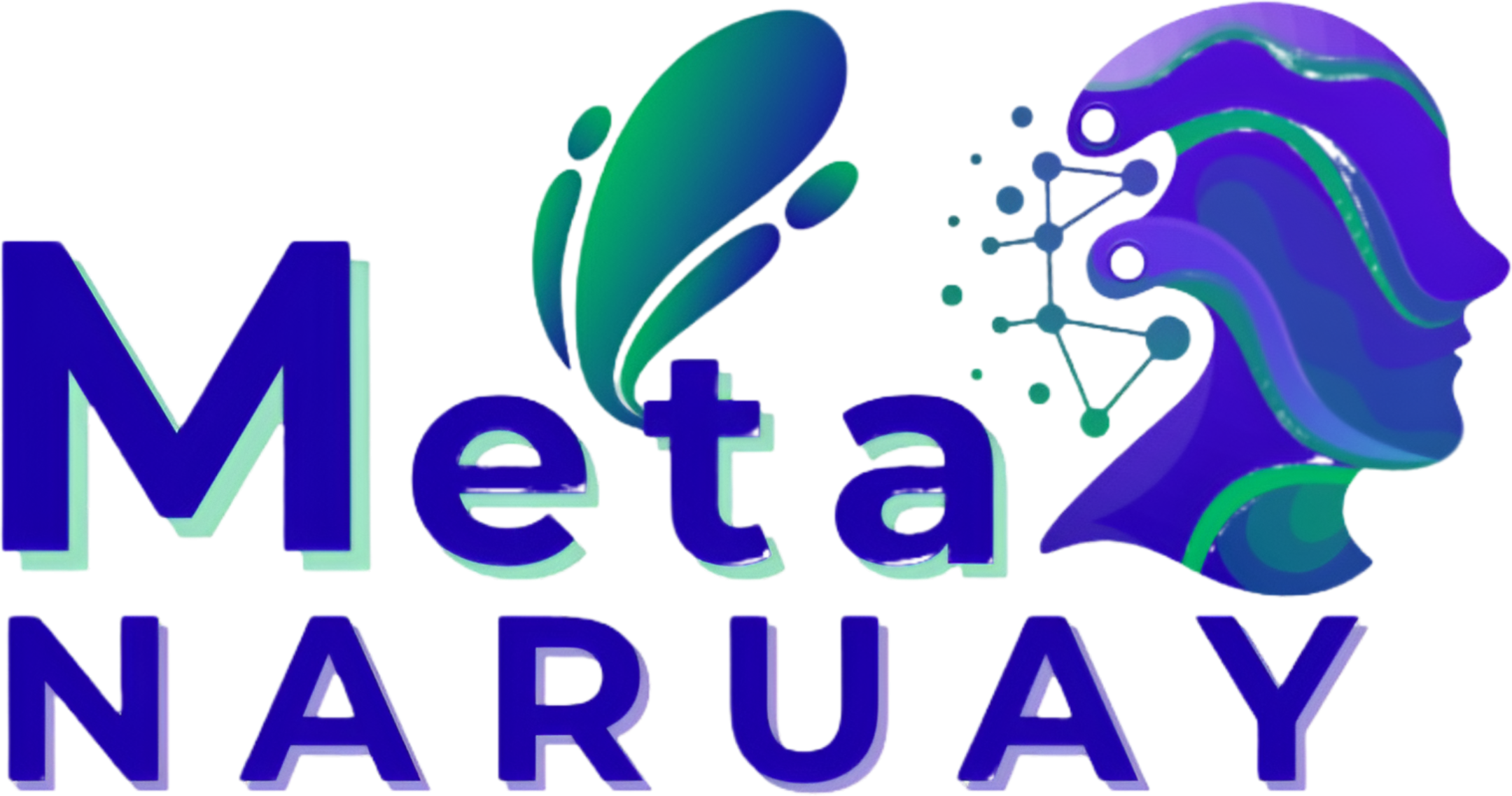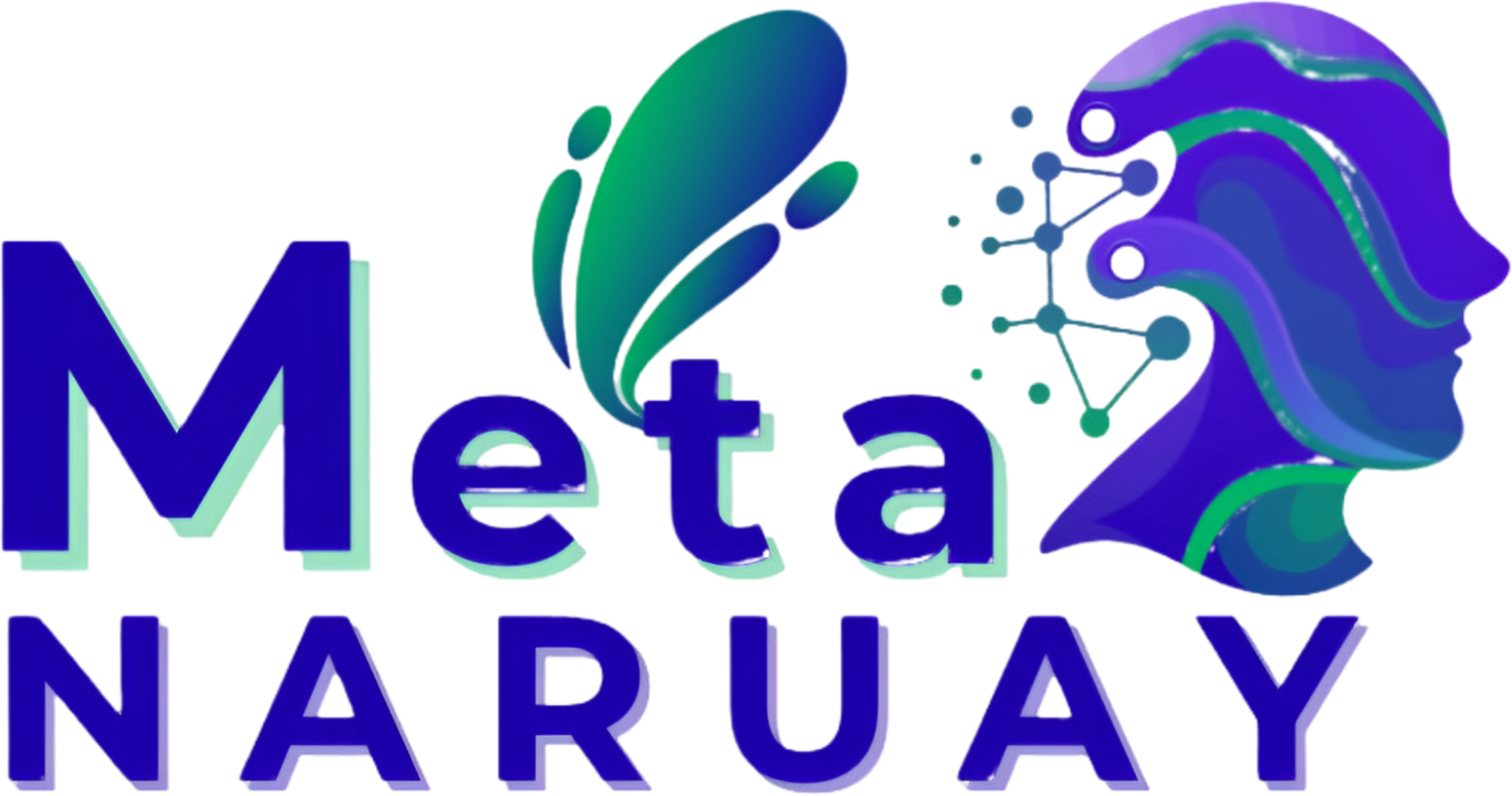One of the most significant pharmacological advantages that actively drives the demand and adoption of the **Transdermal Drug Delivery Systems Market** is its ability to bypass the hepatic first-pass metabolism. When a drug is taken orally, it is absorbed from the gastrointestinal tract and immediately transported via the portal vein to the liver, where a substantial portion of the active compound can be metabolized and inactivated before reaching systemic circulation. This process, known as the first-pass effect, significantly reduces the drug's bioavailability, necessitating higher and potentially more toxic oral doses to achieve the desired therapeutic effect.
Transdermal patches circumvent this hepatic inactivation entirely. By delivering the drug directly through the skin into the systemic circulation, the active substance avoids the liver, preserving its chemical integrity and ensuring a much higher percentage of the dose reaches the target tissues. This pharmacological efficiency offers multiple benefits: it allows for the use of smaller total drug doses, reduces the risk of hepatotoxicity, and results in more predictable and reliable blood concentration profiles. For drugs that are highly susceptible to first-pass metabolism—a common characteristic of many potent compounds—transdermal delivery is often the only viable non-injectable route, making it an indispensable technology for biopharmaceutical development.
The improved bioavailability and reduced dose-to-systemic exposure variability are massive commercial and clinical draws. Biopharmaceutical companies actively seek to reformulate high-value drugs susceptible to first-pass metabolism into transdermal patches to enhance efficacy and safety. This strategic reformulation is a key contributor to the market's value growth. To identify the most profitable opportunities arising from this advantage, an analysis of the drug types being newly formulated into patches is necessary. Strategic intelligence on the **Transdermal Drug Delivery Systems Market** highlights that drugs with low oral bioavailability are a major R&D focus, confirming the commercial viability of using the transdermal route to overcome inherent drug limitations. This crucial insight guides licensing and development decisions across the industry, reinforcing the pharmacological superiority of this delivery method.
In addition to increased bioavailability, the TDDS route also enables better patient compliance and a continuous, non-pulsatile dosing regimen, further reinforcing its superiority over oral administration for specific high-stakes therapies. As the complexity of new drug molecules increases—many of which are highly lipophilic and prone to first-pass effects—the necessity of utilizing transdermal delivery will only intensify. The ability to avoid hepatic breakdown is, therefore, a fundamental, non-negotiable driver sustaining the long-term strategic value and continued expansion of the global TDDS market.





